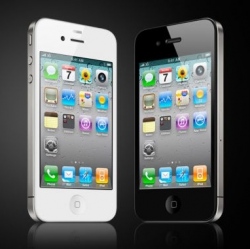
The Wi-Fi equipment serving offices, airports, and other large buildings could be easily upgraded to allow mobile devices to get indoor location fixes to an accuracy of less than half a meter, Stanford researchers have shown. The technology, dubbed SpotFi, could lead to GPS-style maps for indoor spaces.
Indoor location technology based on Wi-Fi is already on the market. But the most accurate requires specialized hardware and is not widely deployed. Another method that works using existing Wi-Fi equipment can typically locate a device only to within a few meters or sometimes even less accurately, says Sachin Katti, an assistant professor at Stanford University whose research group developed SpotFi.
“We can use off-the-shelf, already deployed Wi-Fi infrastructure but get accuracy comparable to state-of-the-art systems that require specialized equipment or modifications,” says Katti. In tests, a Wi-Fi device could locate itself with a median accuracy of 40 centimeters.
SpotFi is a refinement of another existing Wi-Fi location method in which a device uses the signal strength from different Wi-Fi access points as an indication of how far away they are. It can then use data on their known locations to triangulate its own position. That approach can only locate devices to within a few meters because Wi-Fi signals bounce, obscuring the true distance to the access point.
The Stanford researchers figured out that newer Wi-Fi chips can be used to get around that problem. They make it possible for software to access information about how Wi-Fi signals are being affected by phenomena like scattering and fading. The researchers developed algorithms that can use that data to ignore signals that have bounced, and also estimate the angle at which incoming signals from an access point are arriving. That makes for more accurate triangulation. “It eliminates any bad information,” says Katti.
